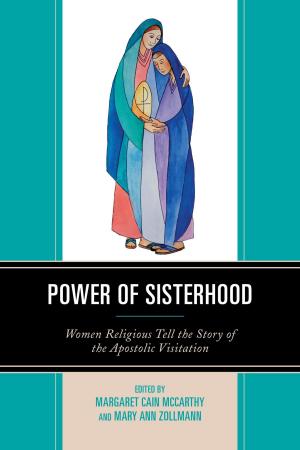Visionaries In Our Midst
Ordinary People who are Changing our World
Nonfiction, Social & Cultural Studies, Social Science, Social Work, Political Science, Government, Social Policy, Religion & Spirituality, New Age, Personal Transformation| Author: | Allison Silberberg | ISBN: | 9780761847205 |
| Publisher: | UPA | Publication: | September 10, 2009 |
| Imprint: | UPA | Language: | English |
| Author: | Allison Silberberg |
| ISBN: | 9780761847205 |
| Publisher: | UPA |
| Publication: | September 10, 2009 |
| Imprint: | UPA |
| Language: | English |
This well-researched and theoretically informed book examines the nature and function of the main female characters in the nine novels of Machado de Assis. Earl Fitz argues that Machado had a particular interest in female characterization and that his fictional women became increasingly sophisticated and complex as he matured and developed as a writer and social commentator. Machado developed, especially after 1880 (and what is usually considered the beginning of his “mature” period), a kind of anti-realistic, “new narrative,” one that presents itself as self-referential fictional artifice but one that also cultivates a keen social consciousness. Fitz concludes that Machado increasingly uses his female characterizations to convey this social consciousness and to show that the new Brazil that is emerging both before and after the establishment of the Brazilian Republic (1889) requires not only the emancipation of black slaves but the emancipation of its women as well.
This well-researched and theoretically informed book examines the nature and function of the main female characters in the nine novels of Machado de Assis. Earl Fitz argues that Machado had a particular interest in female characterization and that his fictional women became increasingly sophisticated and complex as he matured and developed as a writer and social commentator. Machado developed, especially after 1880 (and what is usually considered the beginning of his “mature” period), a kind of anti-realistic, “new narrative,” one that presents itself as self-referential fictional artifice but one that also cultivates a keen social consciousness. Fitz concludes that Machado increasingly uses his female characterizations to convey this social consciousness and to show that the new Brazil that is emerging both before and after the establishment of the Brazilian Republic (1889) requires not only the emancipation of black slaves but the emancipation of its women as well.















